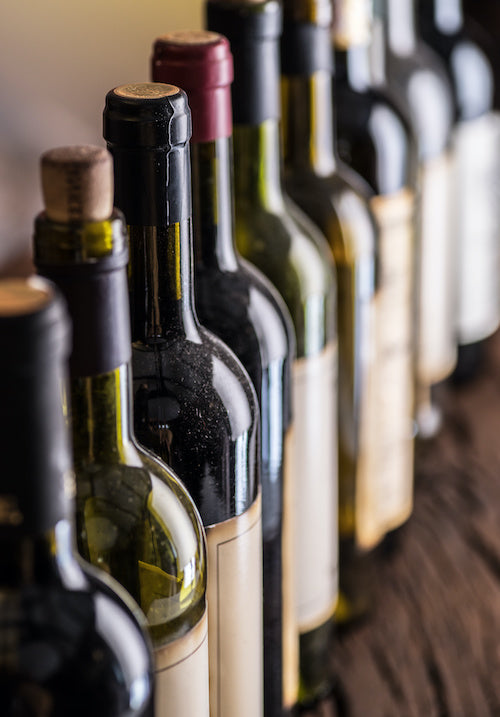From Northland to Central Otago, New Zealand is home to some of the world's most beautiful vineyards. Among the various varietals produced in the country, Sauvignon Blanc is the most popular.
Sauvignon Blanc is grown in almost every wine region of New Zealand, but when it comes to the best Sauvignon Blancs, Marlborough is the region that stands out. The region, located on the northern tip of the South Island, is known for its sunny climate, cool nights, and well-draining soils. These conditions create the perfect environment for producing the crisp, refreshing, and aromatic Sauvignon Blancs that New Zealand is famous for.
In order of popularity, in New Zealand, Sauvignon Blanc is followed by…
- Pinot Noir,
- Chardonnay,
- Merlot,
- Cabernet Sauvignon.
As the second most popular varietal in New Zealand, Pinot Noir grapes are grown in a few regions across the country, but Central Otago is synonymous with Pinot Noir. The region, located in the southern part of the South Island, is known for its crisp, dry climate, and unique terroir. The Pinot Noir from Central Otago is known for its deep ruby colour, complex flavours, and silky texture.
Chardonnay is the third most popular varietal in New Zealand, and it is grown in several regions across the country, including Marlborough, Hawke's Bay, and Gisborne. However, the best-known Chardonnays come from the Hawke's Bay region, located on the east coast of the North Island. The region's warm climate and fertile soils create the perfect environment for producing rich, creamy, and buttery Chardonnays.
Merlot is the fourth most popular varietal in New Zealand, and it is grown in several regions across the country, including Hawke's Bay, Waiheke Island, and the Gimblett Gravels region. However, the best Merlots are associated with the Gimblett Gravels region, located in Hawke's Bay. The region's stony soils and warm climate create the perfect environment for producing full-bodied, fruity, and robust Merlots.
Cabernet Sauvignon is the fifth most popular varietal in New Zealand, and it is grown in several regions across the country, including Hawke's Bay, Waiheke Island, and the Gimblett Gravels region. However, the most popular Cabernet Sauvignons come from Waiheke Island, located in the Hauraki Gulf. The island's warm climate and stony soils create the perfect environment for producing full-bodied, tannic, and complex Cabernet Sauvignons.
New Zealand is famous for its Sauvignon Blancs, and the export statistics for this variety are impressive. According to the New Zealand Winegrowers Association, in 2020, Sauvignon Blanc accounted for 85% of the country's wine exports, with a total value of NZD 2.1 billion. The top five export markets for New Zealand Sauvignon Blanc are the United States, the United Kingdom, Australia, Canada, and China.
In order of popularity based on sales data from The Wine List in 2023 (including our international brands), the order of popularity is currently.
- Chardonnay
- Pinot Gris
- Sauvignon Blanc
- Rose
- Champagne and Prosecco
This is small-scale data, skewed heavily by what is listed, the popularity of vintage in a certain year (for example in 2023, the Man O War Pinot Gris went berserk, with sales off the chart). We currently don't offer any Gimblet Gravels Merlot, we do have a strong Merlot Blend from Black Barn in Hawkes Bay, but writing this article has certainly exposed a need for growth in our list here!



